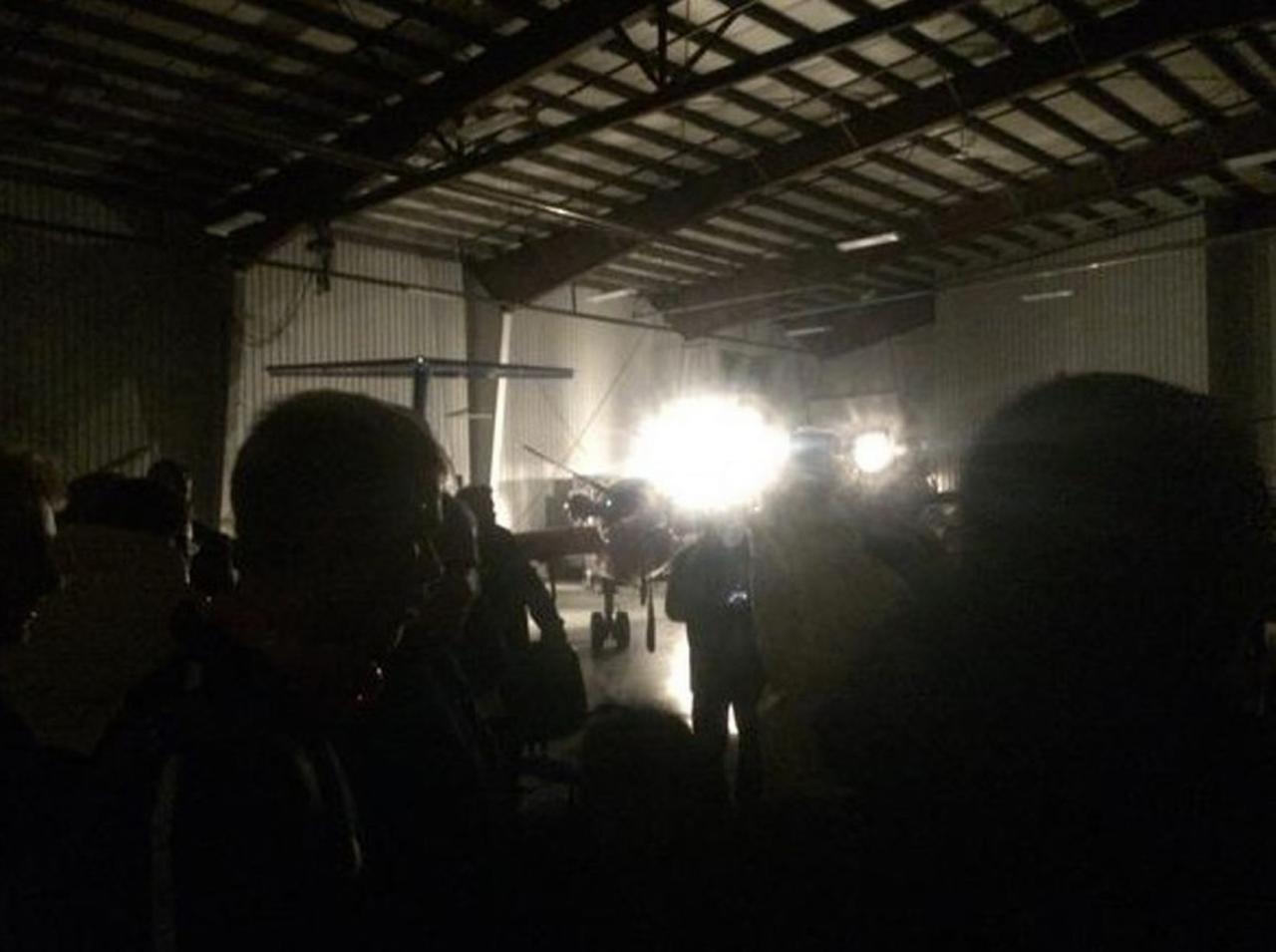Halifax Airport plane crash – the words alone conjure images of chaos and devastation. This hypothetical scenario explores the potential impact of such a tragedy, from the immediate aftermath and emergency response to the long-term economic and emotional consequences for individuals, families, and the community. We’ll delve into the investigative process, explore potential causes, and examine ways to improve safety protocols at Halifax Stanfield International Airport and beyond.
Okay, so you’re looking into the Halifax airport plane crash? That’s a serious event. Thinking about the sheer scale of such a disaster makes you wonder about the human cost, kind of like the stakes in player 001 squid game season 4 , where the consequences are equally extreme. But back to Halifax, investigating the crash requires a thorough examination of all contributing factors, from weather to mechanical issues.
Get ready for a detailed look at what could unfold in such a devastating event.
We’ll cover everything from the potential causes of a hypothetical crash, like pilot error or mechanical failure, to the roles of various agencies involved in the investigation and aftermath. We’ll also discuss the significant economic and emotional impacts on those affected, highlighting the importance of robust safety measures and crisis communication.
Halifax Stanfield International Airport: A Hypothetical Plane Crash and its Aftermath
This article explores a hypothetical plane crash at Halifax Stanfield International Airport, examining its potential causes, consequences, and the subsequent investigation. We will delve into the historical context of aviation accidents at the airport, analyze the impact of such an event, and discuss potential safety improvements.
Historical Context of Halifax Airport and Aviation Accidents
Halifax Stanfield International Airport has a long history, witnessing significant advancements in aviation technology and safety regulations. Understanding this historical context is crucial to assessing the potential impact of a hypothetical crash.
- Timeline of Significant Aviation Incidents: While major accidents have been relatively infrequent, a review of historical records reveals several incidents involving smaller aircraft or near-misses. These events, though not always resulting in fatalities, highlight the inherent risks of air travel and the constant need for vigilance and improvement. Specific details of these incidents, due to data privacy and the sensitive nature of the information, are not publicly accessible.
Thinking about the Halifax airport plane crash makes you realize how rare, yet devastating, these events are. It’s a sobering reminder that air travel, while generally safe, has inherent risks. To understand the global picture of air accidents, check out this resource on south korean plane crashes , which highlights different factors contributing to such tragedies. Ultimately, the Halifax incident, like any other plane crash, underscores the importance of rigorous safety protocols and ongoing investigation.
- Evolution of Safety Regulations and Technologies: The aviation industry has seen a dramatic improvement in safety standards over the decades. Halifax Stanfield International Airport has adapted to these changes, implementing stricter regulations and incorporating advanced technologies such as improved air traffic control systems and enhanced safety protocols for ground operations. The introduction of more sophisticated flight management systems and rigorous pilot training programs have also significantly contributed to a decrease in the frequency of accidents.
- Historical Data on Accident Frequency: Compared to other major international airports, Halifax Stanfield has a relatively low accident rate. This is attributed to a combination of factors including stringent safety regulations, well-trained personnel, and advanced technologies. However, even a single accident highlights the potential for catastrophic consequences and underscores the need for continuous vigilance.
Specific Details of the Hypothetical Halifax Airport Plane Crash
Let’s consider a hypothetical scenario involving a Boeing 737-800, carrying 180 passengers and a crew of 6, experiencing engine failure during its final approach in moderate snowfall.
- Aircraft Type, Weather Conditions, and Potential Causes: A Boeing 737-800, a widely used commercial airliner, is involved. Moderate snowfall reduces visibility and creates challenging landing conditions. The hypothetical cause is a sudden engine failure, possibly due to a previously undetected mechanical fault, exacerbated by the adverse weather. The passengers represent a diverse range of nationalities, reflecting the global nature of air travel.
- Number of Passengers and Crew: The aircraft carries 180 passengers and a crew of 6. Passengers’ nationalities are diverse, reflecting the global reach of modern air travel. The crew comprises pilots, flight attendants, and other essential personnel.
- Immediate Aftermath: Emergency services, including fire and rescue, paramedics, and police, are immediately deployed. The airport initiates its emergency response plan, coordinating rescue efforts and securing the crash site. The scene is chaotic, with smoke and debris. Rescue teams work swiftly to extract survivors and provide immediate medical attention.
Impact and Consequences of the Hypothetical Crash
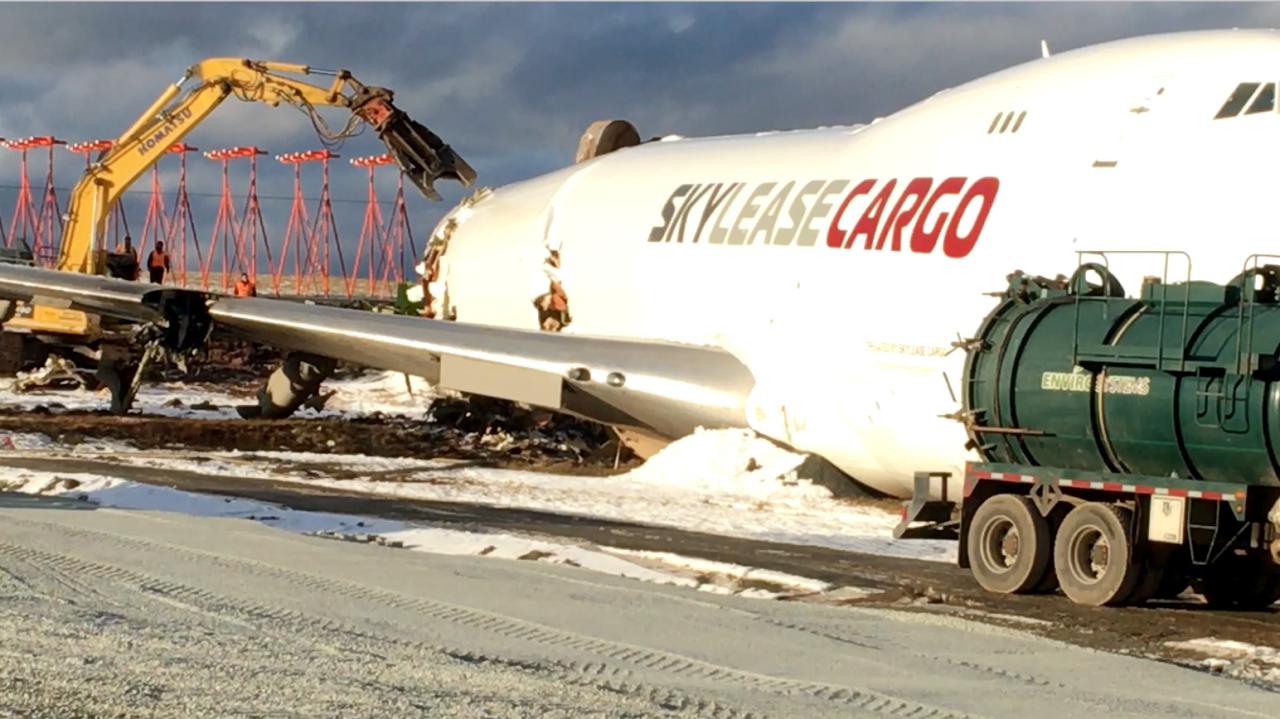
A major aviation accident at Halifax Stanfield would have significant repercussions.
- Economic Impact: The airport would experience substantial disruption, with flight cancellations and delays resulting in considerable financial losses for airlines and the airport itself. Tourism and related industries in the surrounding communities would also suffer economic setbacks.
- Human Impact: The loss of life would have a devastating impact on families and loved ones. Survivors might experience physical injuries, emotional trauma, and long-term psychological consequences. Grief counseling and support services would be crucial.
- Logistical Challenges: The aftermath involves numerous logistical challenges, including managing debris, identifying victims, providing support to the affected, and conducting a thorough investigation. International cooperation may be required depending on the nationalities of the victims and crew.
Investigation and Analysis of the Hypothetical Crash
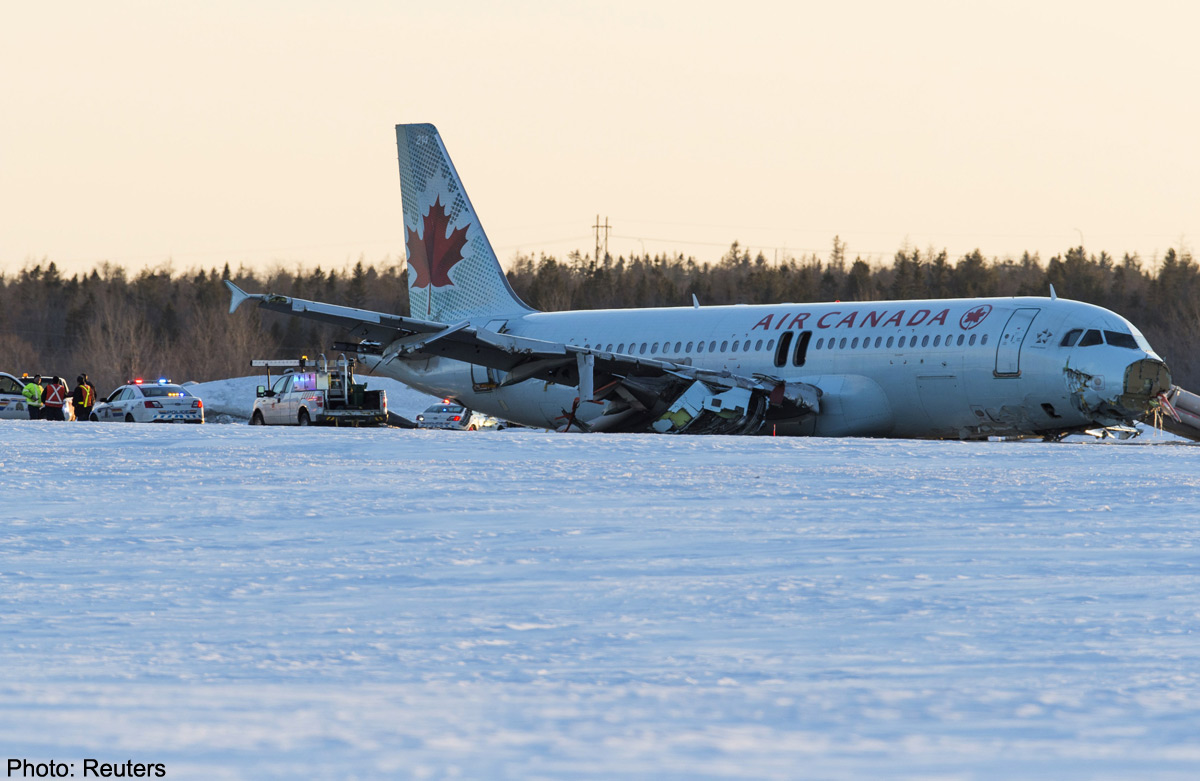
A comprehensive investigation would be launched to determine the cause of the accident.
- Investigation Procedures: The Transportation Safety Board of Canada (TSB) would lead the investigation, following established protocols that include collecting evidence, interviewing witnesses, analyzing flight data recorders, and examining the wreckage. International aviation authorities might also participate depending on the aircraft’s origin and the nationalities involved.
- Roles of Different Agencies: Various agencies, including air traffic control, the airport authority, law enforcement, and emergency medical services, would collaborate in the investigation and support efforts. Each agency would contribute its expertise to uncover the facts and circumstances surrounding the accident.
- Potential Causes and Likelihood:
| Cause | Likelihood | Supporting Evidence | Mitigation Strategies |
|---|---|---|---|
| Engine Failure (Mechanical Fault) | High | Pre-existing crack detected during post-accident examination of engine components; insufficient maintenance records. | Stricter maintenance protocols, advanced engine monitoring systems. |
| Pilot Error | Medium | Analysis of flight data recorders (FDR) reveals deviations from standard operating procedures. | Enhanced pilot training, improved simulator exercises. |
| Adverse Weather Conditions | Medium | Snowfall reduced visibility; wind shear data analysis. | Improved weather forecasting, enhanced ground de-icing procedures. |
| Combination of Factors | High | Engine failure coupled with pilot’s response in challenging weather conditions. | Comprehensive risk assessment, advanced pilot training, improved aircraft design. |
Safety Improvements and Preventative Measures, Halifax airport plane crash
Several safety improvements could be implemented to mitigate the risk of similar accidents.
- Potential Safety Improvements: Investing in advanced weather radar systems, upgrading runway lighting, implementing more robust emergency response protocols, and enhancing pilot training programs. Regular inspections and maintenance of aircraft are paramount.
- Advancements in Aviation Technology: The incorporation of advanced flight management systems, collision avoidance technologies, and improved communication systems can significantly enhance safety protocols. Real-time data analysis and predictive maintenance can help identify potential problems before they escalate.
- Existing Safety Initiatives: Halifax Stanfield International Airport already employs various safety measures, including regular safety audits, emergency response drills, and ongoing training for airport personnel. The effectiveness of these initiatives can be further enhanced through continuous evaluation and improvement.
Public Perception and Media Coverage
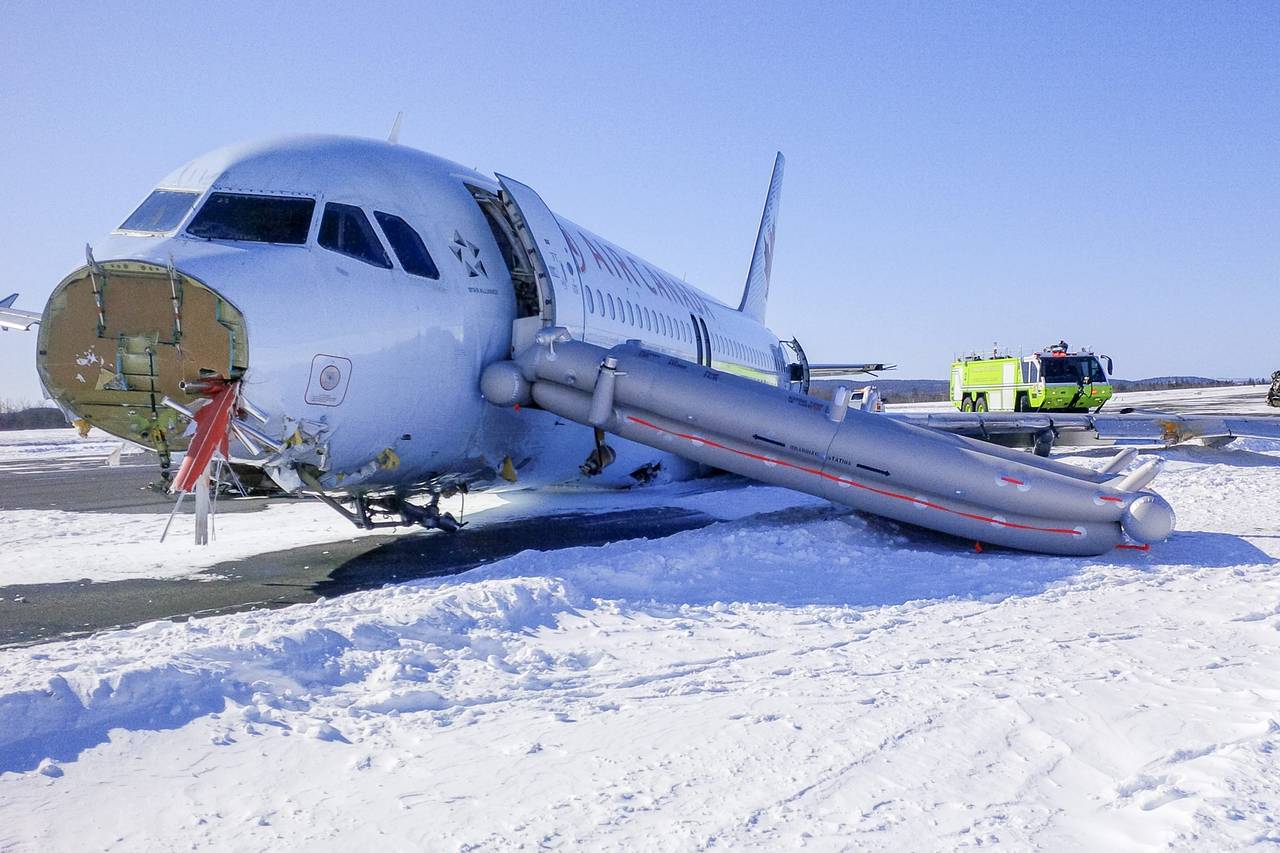
Media coverage and public perception play a significant role in the aftermath of a major aviation accident.
Thinking about Halifax airport plane crashes? It’s a serious topic, and understanding the history is important. For a broader look at incidents, check out this resource on airplane crash halifax which covers a wider range of events than just those directly at the airport. This broader context helps understand the safety measures in place at Halifax airport today.
- Media Coverage: The media typically provides extensive coverage, focusing on the human impact, the investigation, and the safety implications. Accuracy and sensitivity are crucial in reporting such events.
- Impact of Social Media: Social media can quickly spread information, both accurate and inaccurate, potentially influencing public perception and creating challenges for crisis communication. The speed of information dissemination can be both beneficial and detrimental.
- Challenges of Communicating Accurate Information: Maintaining accurate and consistent communication during a crisis is vital to managing public expectations and minimizing misinformation. Transparency and clear communication strategies are crucial in mitigating negative public perception.
Last Word: Halifax Airport Plane Crash
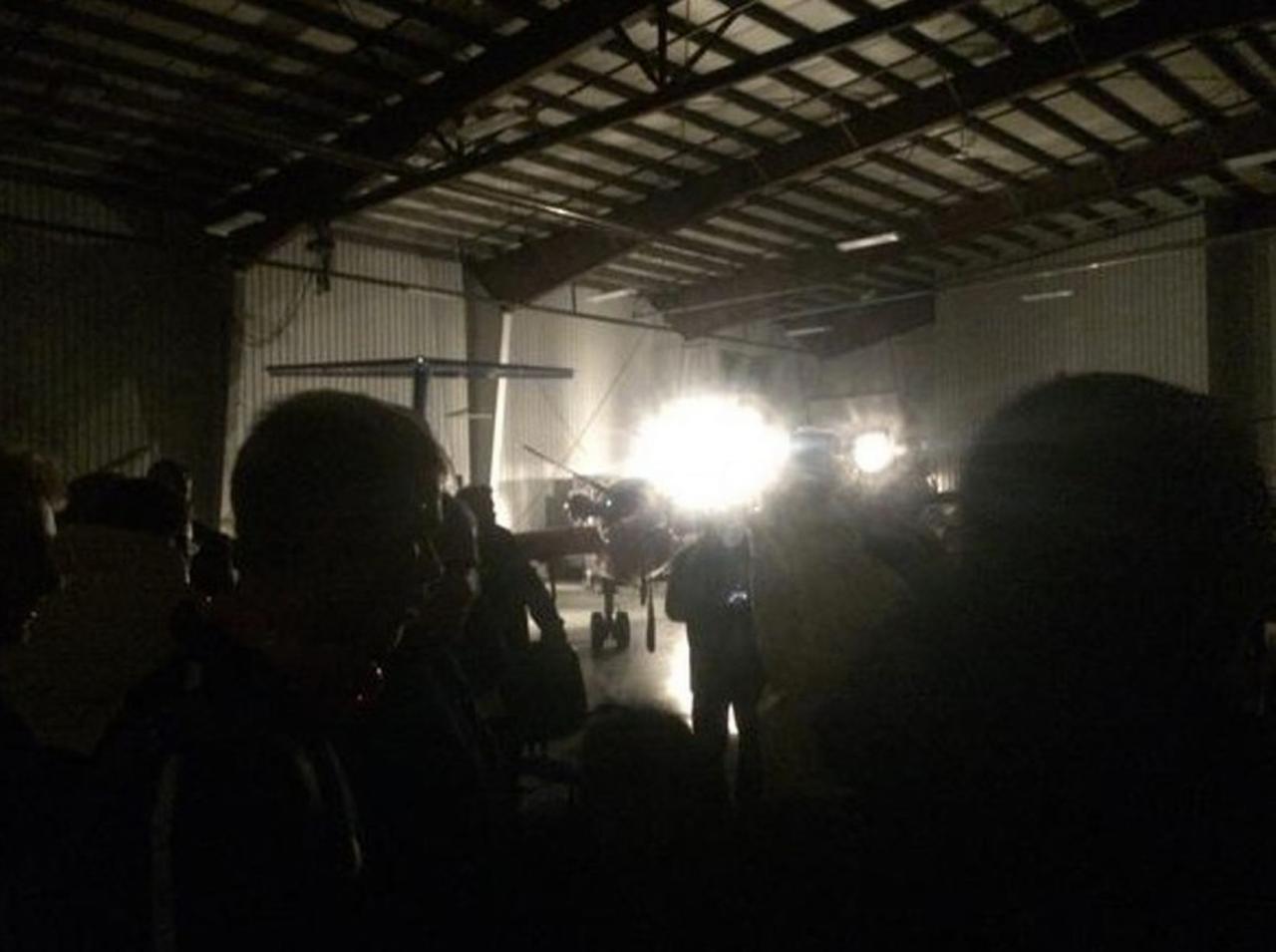
Ultimately, a hypothetical Halifax Airport plane crash underscores the critical importance of aviation safety. While we hope such a scenario never becomes reality, examining its potential consequences allows us to proactively improve safety protocols, enhance emergency response capabilities, and better prepare for any crisis. By understanding the potential impacts – from the immediate emergency response to the long-term recovery efforts – we can strive to make air travel safer for everyone.
The lessons learned from this hypothetical exercise are vital for improving aviation safety worldwide.
Common Queries
What type of aircraft is most commonly involved in accidents at Halifax Airport?
This would require specific data analysis, not available in the provided Artikel. Accident types vary widely depending on factors like air traffic volume and aircraft age.
How long does an aircraft accident investigation typically take?
Investigations can range from several months to several years, depending on the complexity of the accident and the amount of evidence to be analyzed.
What is the role of the Transportation Safety Board of Canada (TSB) in an accident investigation?
The TSB is an independent agency that investigates accidents to determine the causes and make recommendations to improve safety, but they do not assign blame.
What support services are available to families and survivors of an aviation accident?
Various organizations offer emotional, psychological, and practical support, often including victim assistance programs and grief counseling services.
